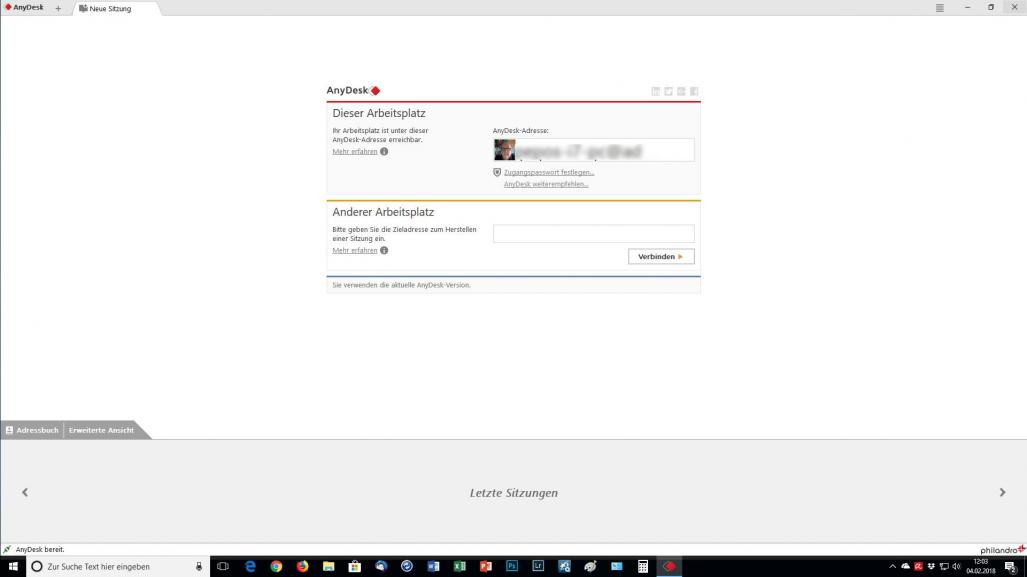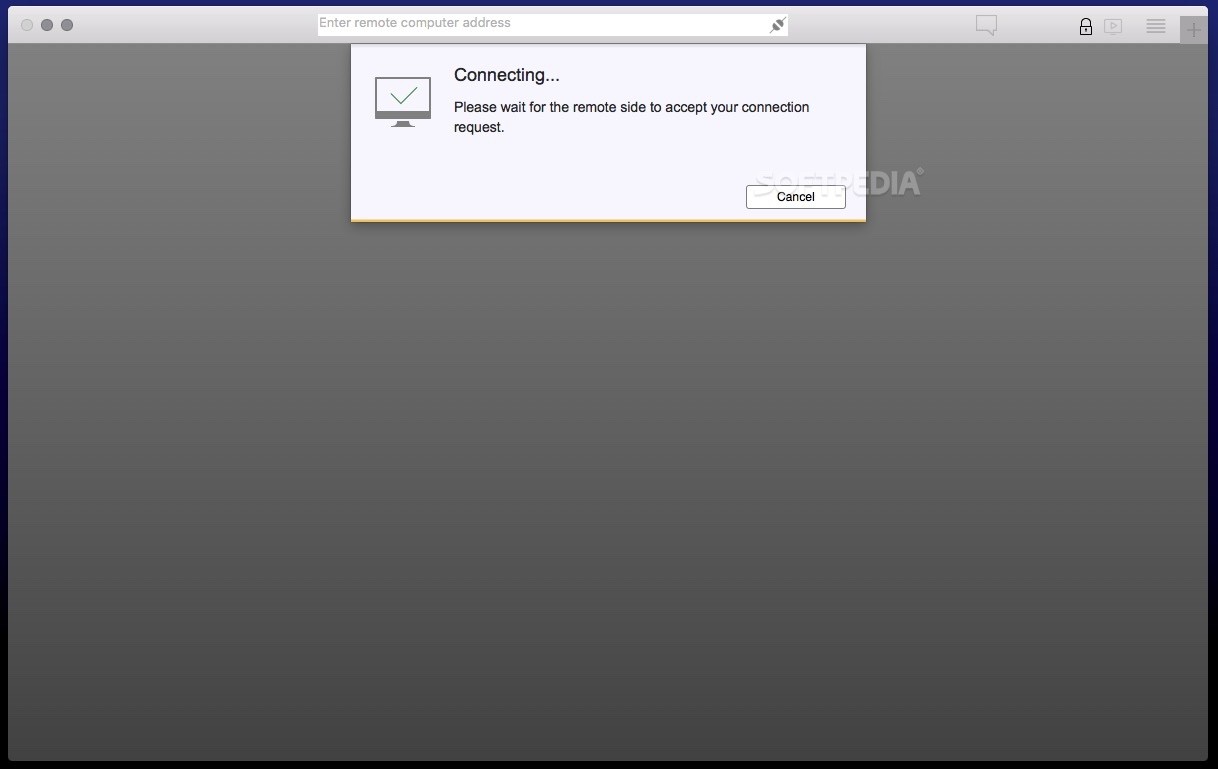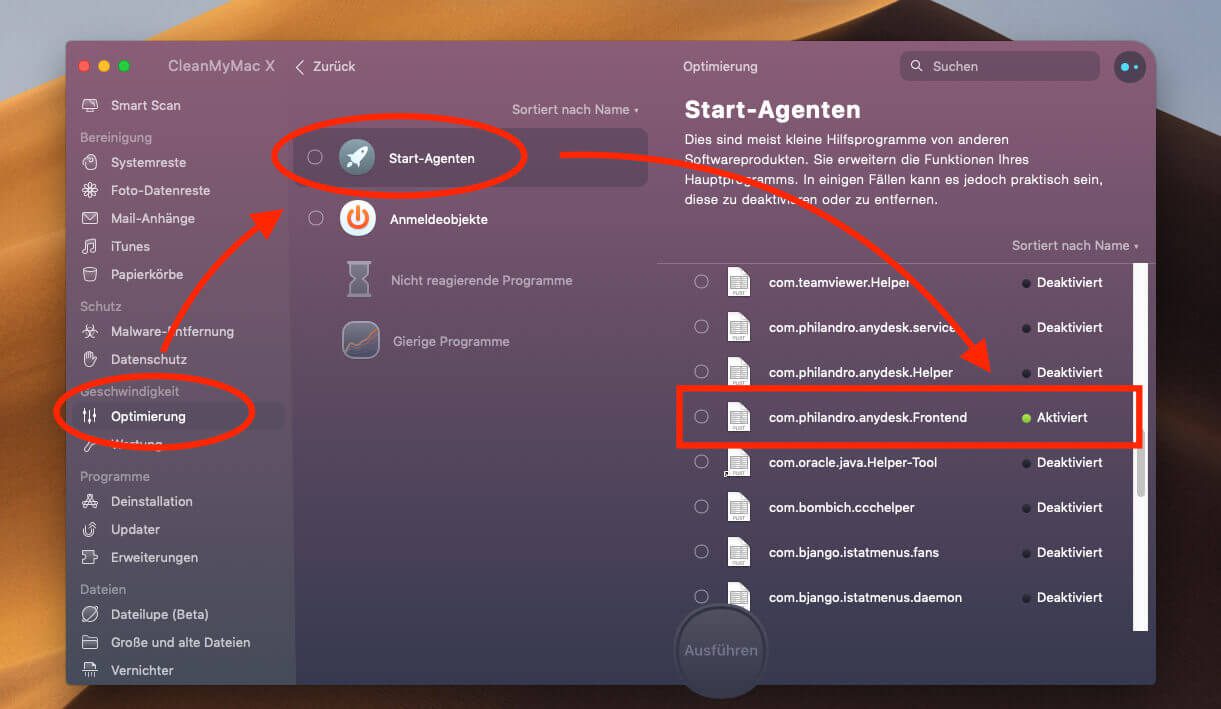

- ALTERNATIVES TO ANYDESK FOR MAC FOR MAC
- ALTERNATIVES TO ANYDESK FOR MAC MAC
- ALTERNATIVES TO ANYDESK FOR MAC WINDOWS
You can open it by going to the Finder and navigating to Applications → Utilities → Activity Monitor.Īctivity Monitor displays all running applications sorted by their CPU, memory, energy, disk, or network usage. Alternative 5: Activity MonitorĪctivity Monitor is a system monitor for the macOS operating system, and it offers similar functionality to Task Manager in Windows.
ALTERNATIVES TO ANYDESK FOR MAC MAC
All you need to do to try out this method is to have the troublesome app opened on your Mac and then simultaneously press Command + Q on your keyboard.ĭidn’t work out for you? Then try out the next option. This keyboard shortcut works the same way as if you were quitting an app through Dock.

ALTERNATIVES TO ANYDESK FOR MAC WINDOWS
It opens Task Manager, which is a task manager, system monitor, and startup manager application included with Microsoft Windows systems.Ī satisfactory alternative to the Ctrl + Alt + Del shortcut should provide all these functions, or, at least, the most essential one: the ability to force-close unresponsive applications. Task Manager: This is the option to choose if you want to force-close an application.Sign out: This option closes the current user session as well as all running applications, but it doesn’t shut down the computer.Click on any displayed user account to switch to it. Switch user: Click on this option to display a list with all the user accounts that exist on your Windows computer or device.Lock: You can press this option to lock your computer, which prevents you or anyone else from using it without entering the right password.When you press this three-key combination on Windows, the screen turns blue and four main options appear:

ALTERNATIVES TO ANYDESK FOR MAC FOR MAC
But what can you do on a Mac? Is there something like Ctrl + Alt + Del for Mac users? Let’s find out!īefore we can recommend a suitable alternative to Ctrl + Alt + Del, we should first take a closer look at what the shortcut actually does. Who hasn’t encountered an unresponsive application before? If you’ve been using Windows, you probably know what to do when an application decides to stop responding: you press the Ctrl + Alt + Del keyboard shortcut, open Task Manager, select the troublemaker, and click End task.


 0 kommentar(er)
0 kommentar(er)
